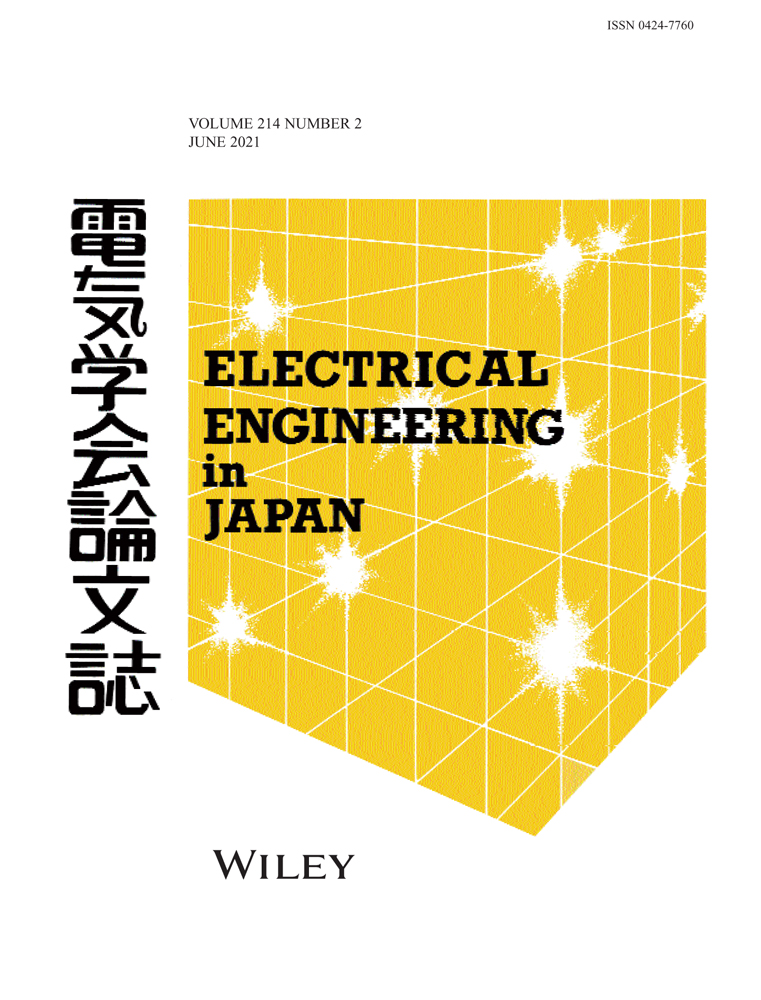Influence of surface resistivity of insulation films on penetration phenomenon by negative lightning impulse discharge
Abstract
A method is needed to prevent damage of wind power generators from lightning strikes even if lightning strikes the blades. In our experiment, the discharge progressing to the film was hard to penetrate the low surface resistivity polyethylene terephthalate (PET) films with conductive coating on one side, although the discharge always penetrated the uncoated PET film. This result was confirmed when the coated surface of the film was directed to either the high voltage rod electrode side or the ground plate electrode side. It was also confirmed that the progress of negative leader generated from the high voltage rod electrode side was hindered by the film from the photograph with the high speed camera. The time constant was calculated from the product of the surface resistance and the capacitance between the film and the plate electrode. As a result, it was suggested that the propagation of electric potential might be fast because time constant is smaller in the case of the low surface resistivity PET films.




